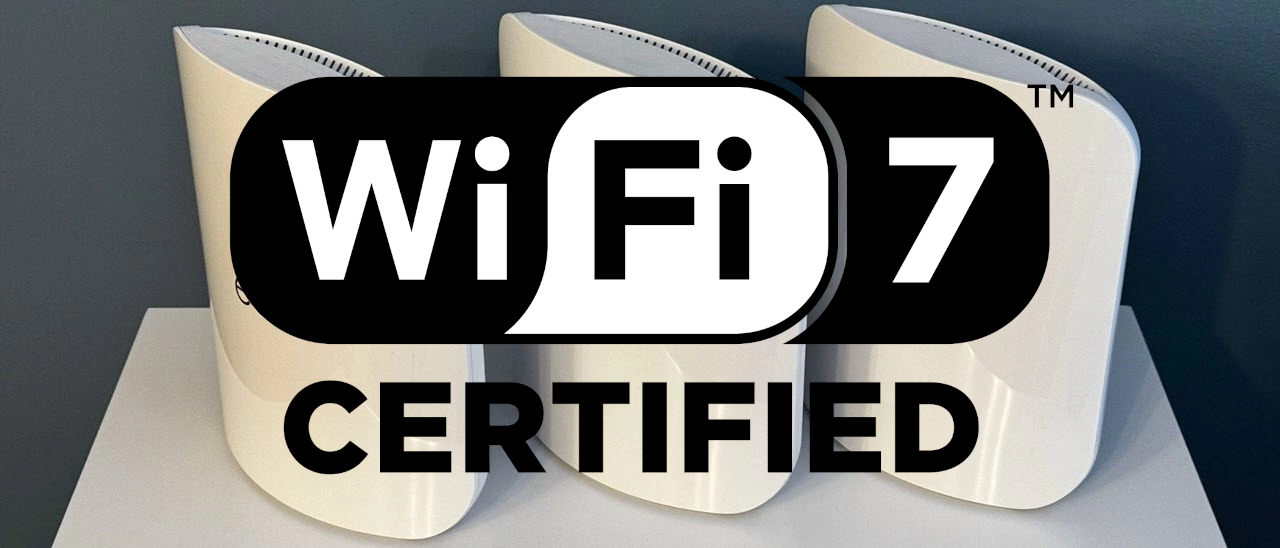
The Wi-Fi Alliance has finalized and introduced a certification for this advanced wireless standard, which will improve the connectivity with the performance of devices for home, office, and industrial use. The Wi-Fi 7 certification is introduced to maintain a standard for upcoming wireless devices. The Wi-Fi certification was expected to get final approval in 2024, which has already taken time as we already have systems, mobile devices, and routers with Wi-Fi 7 standards.
The Wi-Fi 7 standard ensures high-bandwidth throughput with low latency performance, higher efficiency, and reduced overhead. Hence, a certification is required to indicate that particular devices are qualified to provide the expected features and benefits. This is needed for the home, official, and industrial sectors as AR/ VR/ XR, 3D gaming, home/ office needs, new generation IoT, and mission-critical applications in the training and automotive industry have exponentially increased their dependency on wireless technology. This is critical as wireless devices must handle more significant data throughput, multiple connectivity, and reliability for these workloads and applications. Hence, the 'Wi-Fi 7 Certified' standard on respective devices ensures respective devices are made for these specific purposes.
Intel also emphasized the increase of dependency on wireless technology last year while talking about Wi-Fi 7 and beyond, showing how different wireless standards for respective devices and uses will be used universally in multiple fields and applications by 2030. Since Intel is one of many members of this alliance, it is no surprise the Alliance and Intel have similar applications in mind for 2030.
Devices that need Wi-Fi 7 Certified standard will need to qualify by using this checklist of features:
-
320 MHz channels: available in countries that make the 6 GHz band available to
Wi-Fi, ultra-wide channels double today’s widest channel size to facilitate multigigabit device speeds and high throughput
-
Multi-Link Operation (MLO): allows devices to transmit and receive data simultaneously over multiple links for increased throughput, reduced latency, and improved reliability
-
4K QAM: achieves 20% higher transmission rates than 1024 QAM
-
512 Compressed block-ack: improves efficiency and reduces overhead
-
Multiple RUs to a single STA: improves flexibility for spectrum resource scheduling to enhance spectrum efficiency
-
Triggered Uplink Access: optimizes Wi-Fi 6-defined triggered uplink access to accommodate latency-sensitive streams and satisfy QoS requirements
- Emergency Preparedness Communication Services (EPCS): provides a seamless National Security & Emergency Preparedness (NSEP) service experience to users while maintaining the priority and quality of service in Wi-Fi access networks
Eric A. McLaughlin, VP & GM Wireless Solutions Group for Intel, said, "Intel-powered PCs and IOT products with Wi-Fi 7 will enable multi-gigabit speeds with wired-like responsiveness and new extreme levels of connection reliability. Ecosystem collaboration and interoperability are essential to help deliver on these expectations. We are delighted that our new Intel Wi-Fi 7 BE200 solution has been officially certified and included in the program test bed to help make great user experiences possible with other Wi-Fi 7 devices."
Qualcomm and Mediatek also mentioned the importance of this certification, emphasizing the features and benefits of the Wi-Fi 7 standard.
Main Advantages of Wi-Fi 7 Certification
TP-Link was one of the networking manufacturers that discussed the need for 320 MHz since this provides four times the throughput than the existing 160MHz. Because of this switch, Wi-Fi 7 Certified devices provide double the transmission throughput than Wi-Fi 6 and Wi-Fi 6E devices. The company used the example of wirelessly streaming 4K videos for home users as it is becoming more mainstream. Even the quality of online games for multiple devices has increased. Wi-Fi 7 also introduces 4096-QAM, Multi-RU, and Multi-Link Operation, allowing data to be sent and received between different frequency bands and channels. The certification guarantees these devices will have these.
To break it down in layperson's terms, the Alliance breaks down the benefits of each feature:
Wi-Fi 7 devices will have backward compatibility, though devices without it won't be able to take advantage of a Wi-Fi 7-certified router and vice versa. Despite the late finalization of Wi-Fi 7 certification, we already have a few Wi-Fi 7 devices. During this month, many mobile devices, such as the OnePlus 12 and Samsung S24 series, have Wi-Fi compatibility—the same with notebooks, mini PCs, NUCs, portable gaming systems, and desktops. Wi-Fi 7 routers and mesh devices are already available, though the current offerings command a premium over Wi-Fi 6E.
However, due to increased requirements and the need to deploy quickly, we should see Wi-Fi 7 wireless routers and devices in almost all price segments in the coming days. Thanks to this certification, the Wi-Fi 7 certification ensures these features are available as a minimum standard.







